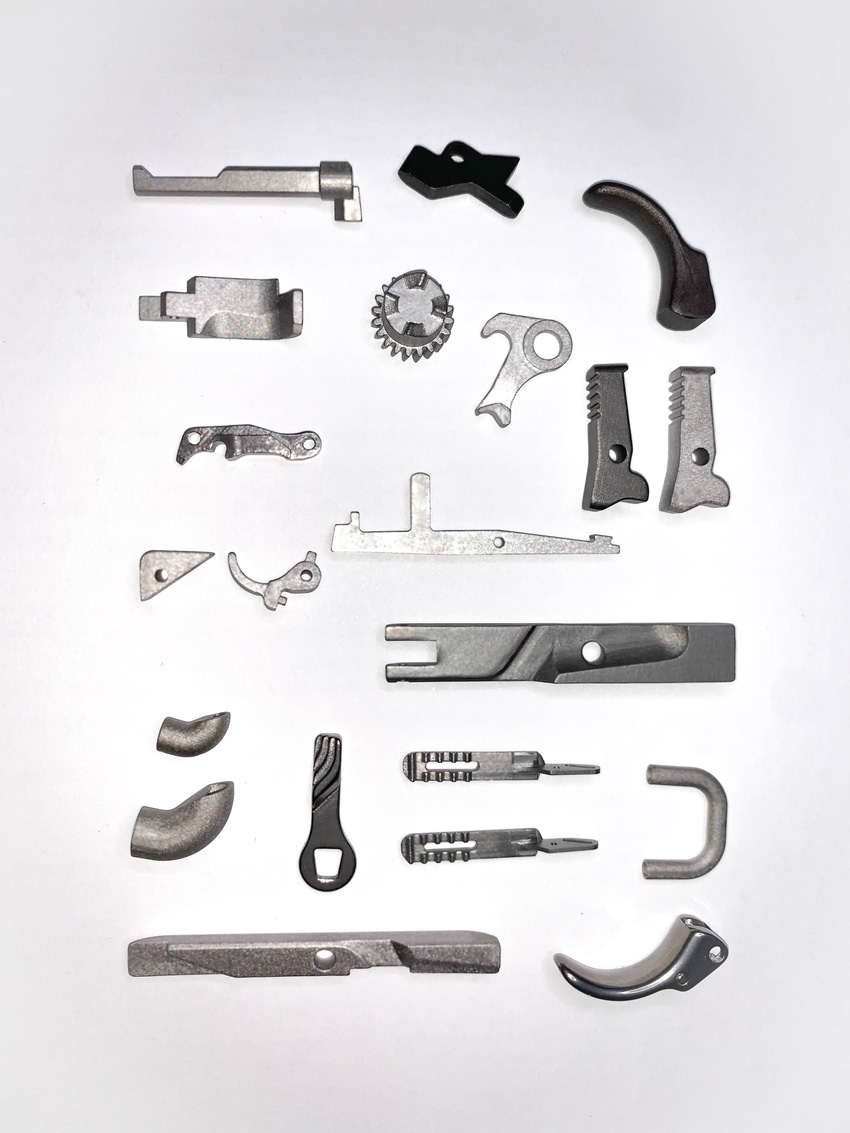Consider the total cost per part from all pre-printing, printing, and post-printing processes as well as other cost drivers.
March 11, 2020

Hear Matt Sand speak at IM Engineering South.
Are you interested in high-volume-production metal additive manufacturing (AM)? If so, first and foremost you must develop a deep understanding of the total cost per part and how it breaks down. Without this understanding, it will be impossible to develop winning business cases that set up you for success. Rather, unexpected costs and surprises run the risk of disappointing you months or years down the road. By understanding this up front, you can develop lasting applications that can outcompete traditional manufacturing.
The three main types of costs can be found in pre-printing, printing, and post-processing/post-printing. Only 10% of the cost comes from pre-printing and 40% from printing. And, what most people find astonishing is that in today's world of metal 3D printing, as much as 50% of the cost comes from post-processing.
Another way of looking at cost is to consider the five main cost drivers that determine the cost of a part: machine, materials, labor, secondary operations, and yield. The impact of each cost driver varies dramatically based on which process and application you are pursuing, but all five drivers will be present. My company, 3DEO, has been developing production applications using metal AM, and our mission has been to drive the cost of each aspect of the process low enough to the point that we can compete with conventional manufacturing such as CNC machining and metal injection molding.
The fifth driver, yield, is the real surprise, and the dirty little secret of metal AM that no one talks about. Given the lack of process control and loose tolerances, the vast majority of metal additive manufacturing technologies have very low yield compared with traditional manufacturing's high yields. It's not uncommon to see yields of 20-30%. At this yield, the material cost of a part would be 3-4 times more expensive than that of conventional manufacturing. This is an area in which 3DEO's technology shines because it can drive high yields thanks to process repeatability and tight tolerances.
In summary, if you want to develop production applications for metal 3D printing, you have to consider the total part cost (machine, materials, labor, secondary operations, and yield) and weigh that against the value being created by design freedom or manufacturing flexibility.
About the Author(s)
You May Also Like


